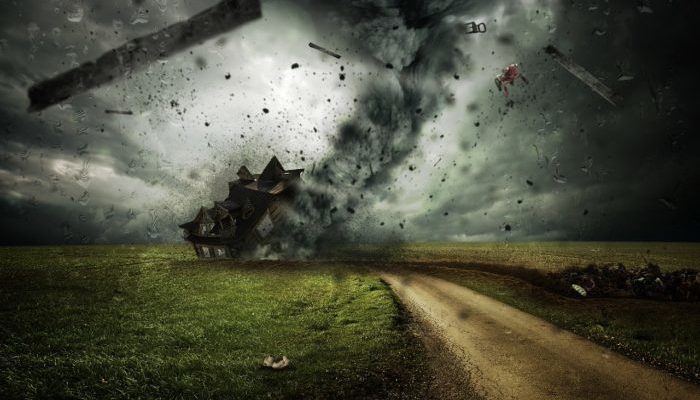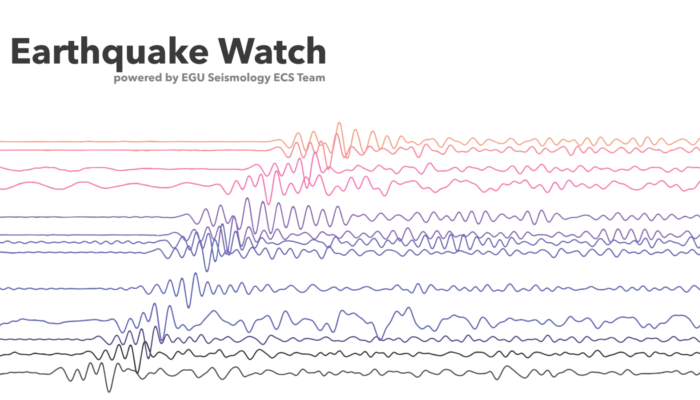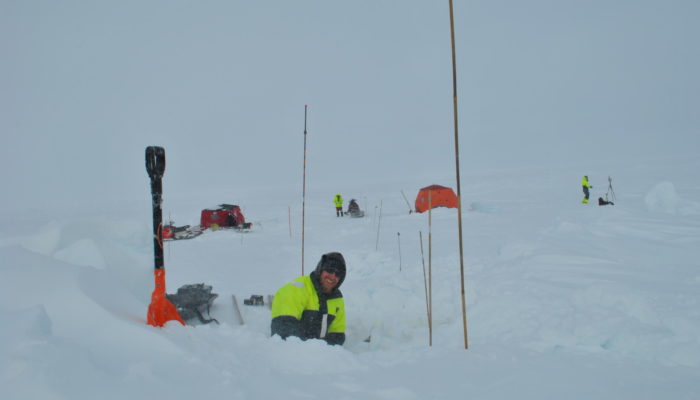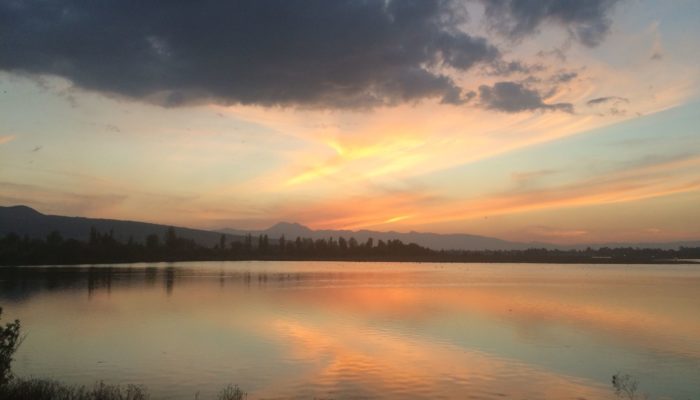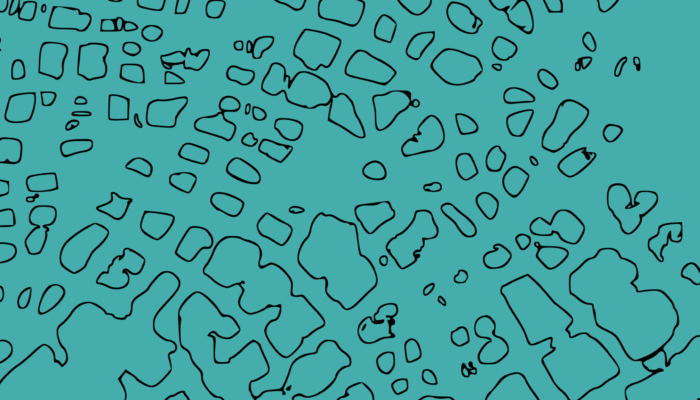Earlier this year, the EGU Natural Hazards Division launched a new sub-division dedicated to climate hazards. In today’s interview, Dr Steven Hardiman, a Senior Research Scientist at the Met Office (UK) and the Science Officer of this new sub-division, will share some insights about NH11 and its future development. Hi Steve, and congratulations on your new role! Please tell us about your ca ...[Read More]
Seismology
Earthquake Watch: The Coalcomán, Mexico – September, 2022
Dr. F. Ramón Zúñiga, from the Centro de Geociencias, Universidad Nacional Autónoma de Mexico, outlines the 19 September 2022 Mw7.7 Coalcomán, Mexico earthquake for the last Earthquake Watch of the year. On September 19th, barely one hour after the national drill commemorating the damaging earthquakes of September 19th, in 1985 and 2017, another strong earthquake was widely felt in Mexico. It cause ...[Read More]
Cryospheric Sciences
Fun Cryo Facts – Don’t eat brown snow
Scientist are curious people and we all know that the best discoveries happen by chance, so we always keep our eyes open for the unusual, the new, and the weird things in life. Especially, when we are out in the Arctic doing field work and find unknown brown layers… An unexpected discovery We were out in the Arctic, somewhere Northeast of Svalbard. It was a sunny day and we had just docked t ...[Read More]
Geodynamics
The Sassy Scientist – Rolling The Dice
The amount of work required to apply for grants and jobs in academia seems unnecessarily endless. Both for permanent and (even worse) short-term positions one needs to prepare a bunch of hogwash that really makes you wonder: does anybody have the time to actually read this? Out in the real world, a CV and a cover letter are quite enough most of the times, but in academia? Nope! Let’s have ev ...[Read More]
Seismology
“State of the ECS”: The 2022 Review
Hello everyone, Matthew here! As the end of 2022 draws near, it is time for us in the Seismology Division headquarters to reflect on another of the Earth’s tours around the Sun. Personally, this year has been a real rollercoaster. With everything getting back to some kind of normal, I’d forgotten that there is only so much time in the day, and only so many plates (tectonic or otherwise ...[Read More]
Climate: Past, Present & Future
Was Antarctica glaciated during the Mesozoic?
The climate of Earth’s most southerly landmass (i.e., Antarctica) has varied considerably throughout geological time. The Cretaceous (145-66 million years ago – mya) is widely considered to have been a greenhouse Earth with warmer (or at least warmish) temperatures, globally. Although, there is no direct evidence for pre-Eocene ice sheets in Antarctica, some geological and geochemical proxie ...[Read More]
Geochemistry, Mineralogy, Petrology & Volcanology
#EGU23 session in the spotlight: Building the next generation of realistic models of magma propagation and volcano deformation
The abstract submission for the General Assembly in 2023 is open now until 10. January 2023! The #EGU23 is set to again become a forum for innovation and debate about the latest progress in the geosciences, with a mixture of broader and more focused sessions. Today, we highlight one of those targeted sessions GMPV8.2 which aims to spark debate at the edge of the push in the GMPV community towards ...[Read More]
Geodynamics
Geodynamics @ EGU 2023: Financial support and vacancies
Are you looking forward to EGU 2023? Planning to attend, either in-person or online? Here are a few things to consider. First of all, there are several options for financial support to attend the meeting. Secondly, if you are interested in playing a more active role in the coordination and organisation of EGU, we are looking for several people to join the organisational team within the EGU Geodyna ...[Read More]
Stratigraphy, Sedimentology and Palaeontology
Towards a better understanding of 500,000-years climate history in central Mexico
The effects of climate change on tropical regions are in parts still poorly understood, although the tropics include some of the most populated areas in the world. Now we created an age-depth model and a moisture reconstruction of the last 500,000 years from one of the oldest lakes in central Mexico, Lake Chalco. Central Mexico, because of its mild climate and fertile soil, has been continu ...[Read More]
Cryospheric Sciences
Wake up every one – permafrost microbes feasting – greenhouse gases go
I really like to combine science and art. This puts science in a larger perspective and can help understand it in different ways. And perhaps more importantly, it evokes emotion. I wrote haikus and created stencils for every chapter of my PhD thesis. I created these artworks to illustrate the dimensions of the permafrost region and the consequences of global warming on permafrost. Let me show you ...[Read More]

